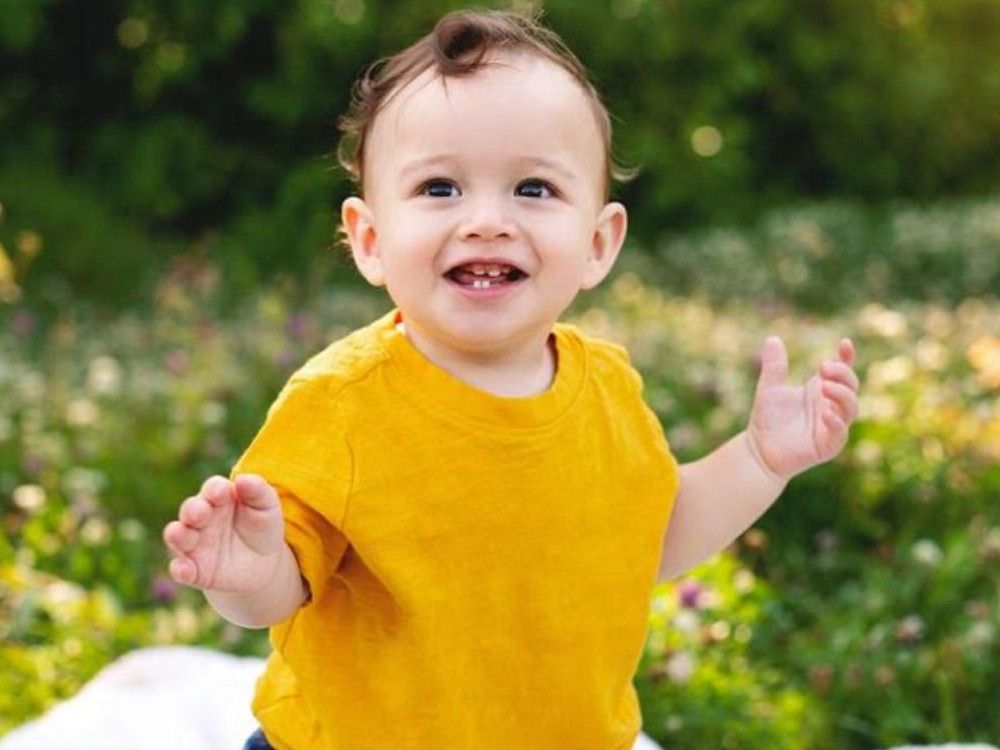and the negative impacts don’t end there.
“[treatments] also have long-term side effects,” he says. “many of the drugs that we use to treat our patients, as well as radiation therapy, can affect the heart, the lungs, all of the internal organs. they can also affect bone health and normal childhood development. so, these tools work, but they
have a lot of baggage with them
.”
part of the negative impacts of treatment simply has to do with age. normal brain cells, for example, grow quickly in the first few years of life, making them very sensitive to radiation. kids treated for cancer — acute lymphoblastic leukemia (all) is the most common childhood cancer (33 per cent of cases), followed by
brain and nervous system cancers (20 per cent)
and
lymphomas (11 per cent)
— can have learning disabilities, trouble with memory and attention, and behavioural problems.
radiation can also affect the pituitary gland, which is at the base of the brain and a key player in hormone control in the body. as children continue to develop post-treatment, they may experience fatigue, listlessness, poor appetite, cold intolerance and constipation, which may point to low levels of certain hormones. the result can be delayed growth and sexual maturation.
treatment impacts also often follow survivors of childhood cancer into adulthood, contributing to almost twice as many chronic health conditions, on average, by age 50, compared to the general population, according to the
st. jude lifetime cohort study
. the study, which
brings long-term survivors
back to the st. jude children’s research hospital in memphis for regular screenings throughout their adult lives, has found that many survivors have four chronic issues — most commonly heart disease, heart rhythm disorders, high blood pressure, diabetes and obesity, while the more serious are lung function problems, spinal disorders and second cancers.
 6 minute read
6 minute read










